FMI’s U.S. Engineering and Construction Outlook: First Quarter 2020 Report
It is important to note that the Q1 2020 Outlook represents a best-case scenario that considers several, but not all, of the ongoing market dynamics. Based on the speed and breadth of current socioeconomic disruptions, FMI is anticipating, at minimum, a recession spanning the second and third quarters of 2020. Depth and reach of these disruptions will remain under watch through the coming months, and FMI’s economists will be providing more frequent updates on their industry forecasts in the coming weeks.
Key Takeaways
Total Construction Put in Place
Estimated for the United States
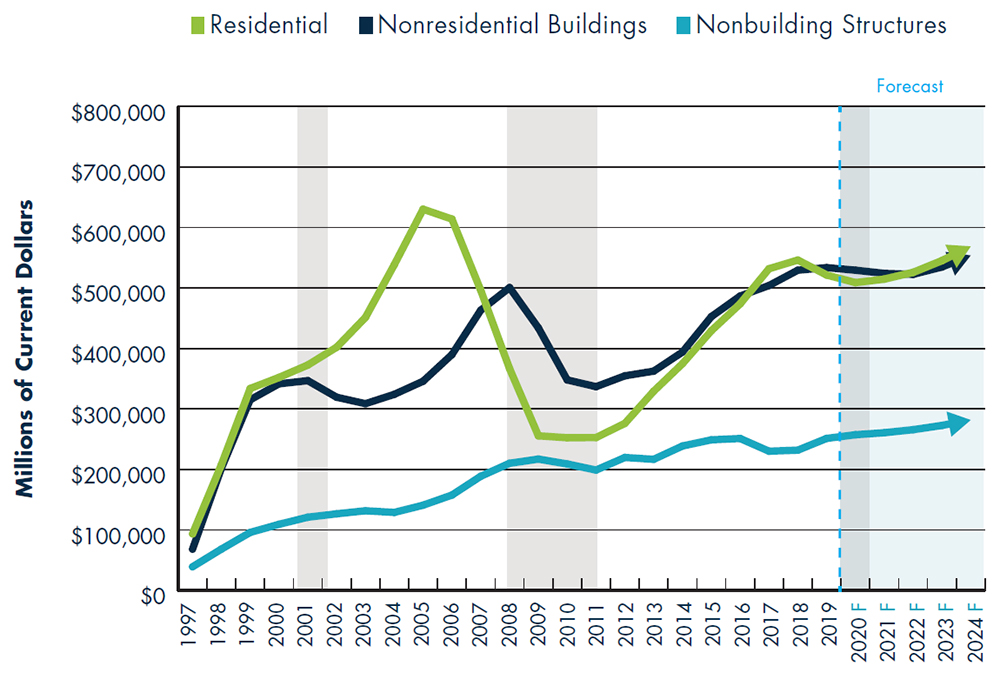
Throughout the value of construction put in place includes the cost of architectural and engineering work.
Source: U.S. Census and FMI Forecast
Total Construction Put in Place 2020 and Forecast Growth
(2019-2024 CAGR) by Metropolitan Statistical Area
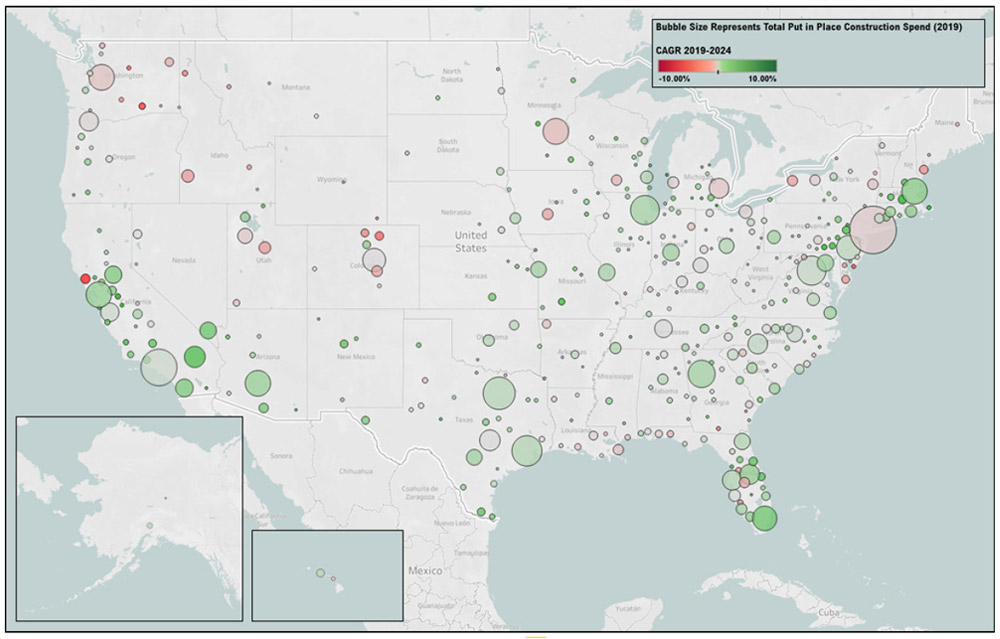
Source: U.S. Census and FMI Forecast
Future Uncertainty
Over the coming weeks and months, FMI anticipates much more information forthcoming to help drive our expectations around current economic developments. Only time will provide clarity and understanding in how converging current events unfold related to COVID-19, oil price collapse, political uncertainty and the significant volatility seen across domestic and international financial markets.
The estimates and assumptions presented within this first quarter Outlook include two quarters of negative GDP growth in the second and third quarters of 2020, defining a minimum period for an economic recession. However, we understand that the duration and reach of the factors noted in our introduction could send severe shockwaves far beyond what is apparent today.
In the chart below, we illustrate a range of possibilities that will be under watch and explored in future publications. Within the chart, given what we know today, our extended disruptions line assumes three quarters of negative GDP growth and is primarily a result of an extended management period for COVID-19 disruptions on top of stalled economic stimulus. Alternatively, the worst-case “disintegration” outcomes suggest at least six quarters of negative GDP growth (similar to the duration of the Great Recession) as declines lead to irreparable financial damage and implications across multiple industries and seemingly healthy organizations and corporations.
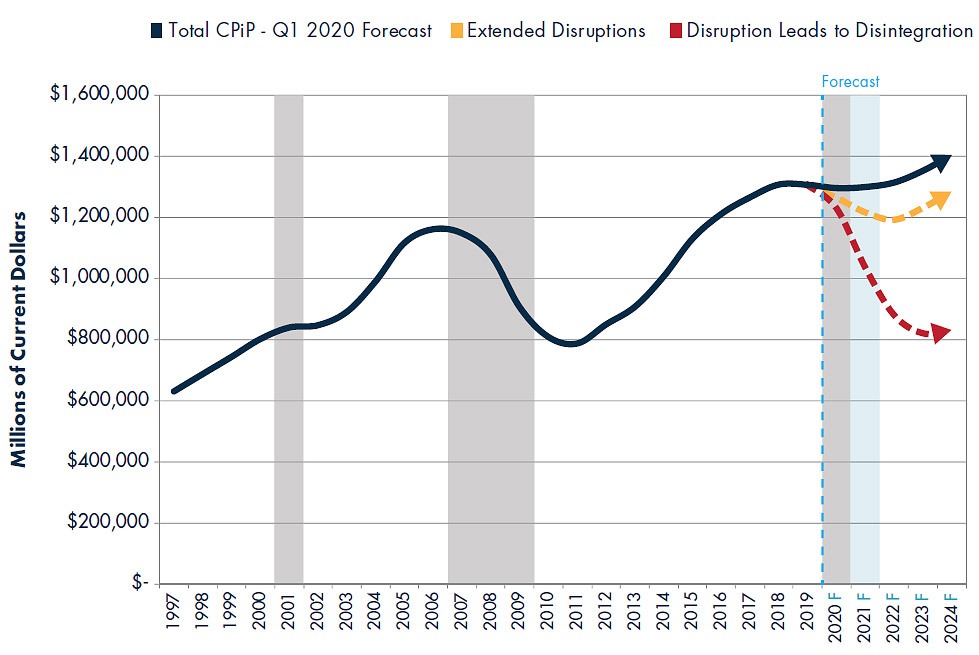
Residential Construction Put in Place
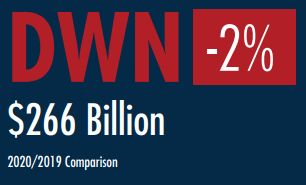
Single-Family Residential
- Limited short-term demand for home sales and increasing inventories are expected
- Supply chain disruptions become an added challenge in delivering lower-cost starter homes
- Affordability and availability issues persist despite falling interest rates
- Economic climate is expected to remain fragile into 2021
Drivers: Unemployment rate, core CPI, income, mortgage rate, home prices, housing starts, housing permits
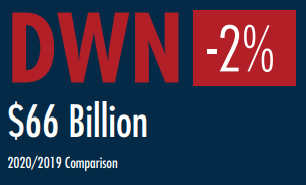
Multifamily Residential
- Demographic shifts are seen favoring secondary and tertiary urban submarkets
- Foreign direct investment is expected to remain stalled
- Buyers and renters are increasingly transient in both living and employment obligations
- Long-term demand expected to remain healthy
Drivers: Unemployment rate, core CPI, income, mortgage rate, home prices, housing starts, housing permits
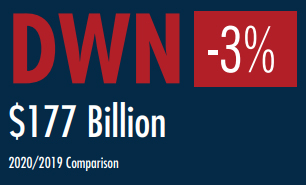
Improvements
- Valuations are seen peaking in many major markets, complicating investment-led renovation decisions
- Increased refinance activity will only partially offset improvements tied to home sales
- Aging inventories and increased rental activity will become counterbalanced by declining rental turnover
Drivers: Unemployment rate, core CPI, income, mortgage rate, home prices, housing starts, housing permits
Nonresidential Construction Index (NRCI) Scores
Q1 2011 to Q2 2020
(Scores above 50 indicate expansion; scores below 50 indicate contraction)
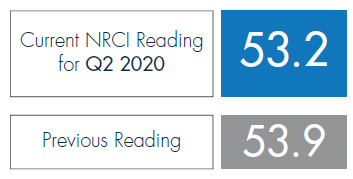 NRCI scores are based on a diffusion index where scores above 50 represent improving or expanding industry conditions, a score of 50 represents conditions remaining the same, and a score below 50 represents worse conditions than last quarter (or contraction).
NRCI scores are based on a diffusion index where scores above 50 represent improving or expanding industry conditions, a score of 50 represents conditions remaining the same, and a score below 50 represents worse conditions than last quarter (or contraction).
Q2 2020 survey responses were collected between March 3 and March 16.*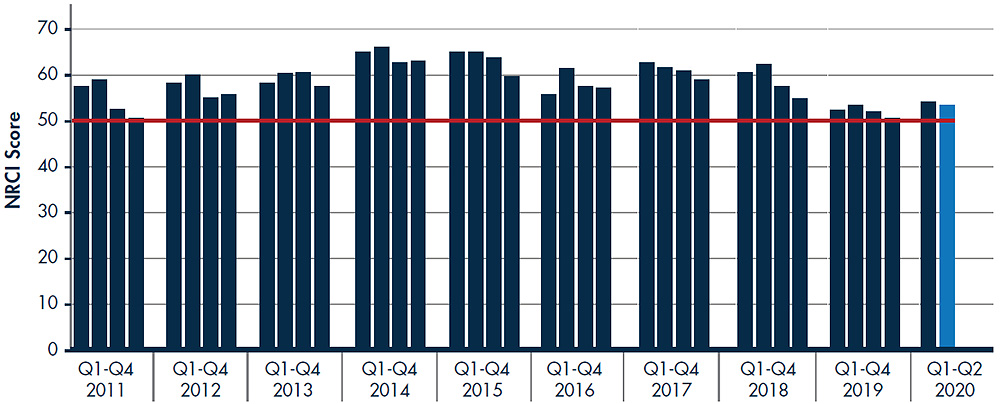
*It is important to note timing of this survey and that the current Q2 reading is likely an early indication of changing sentiment due to the various economic disruptions first seen towards the end of Q1.
The data in the NRCI is presented as a sampling of construction industry executives voluntarily serving as panelists for this FMI survey. Responses are based on their experience and opinions, and the analysis is based on FMI’s interpretation of the aggregated results.
Nonresidential Construction Put in Place
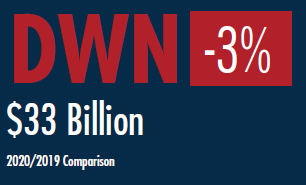
Lodging
- Travel (both business and leisure), RevPar and occupancy rates all plummet through 2020 as a result of COVID-19
- Significant added supply through late 2019 and projects underway
- Transportation and infrastructure projects support long-term elevated spending in select markets
Drivers: Occupancy rate, RevPAR, average daily rate, room starts
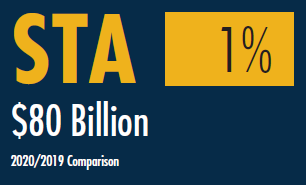
Office
-
- Downtown markets experience rent stabilization while vacancy rates trend higher
- Slowed employment growth expected to weigh on future spending
- Shared office space and coworking businesses will be challenged
- Demand for data center investment continues to expand rapidly alongside 5G deployment
Drivers: Office vacancy rate, unemployment rate

Commercial
- Continued and accelerating rise in e-commerce across nontraditional platforms (e.g., grocery, pharmacy, automotive, etc.)
- Demand for warehouse and distribution stalls for the first time in years, favoring smaller facilities alongside fewer imports tied to trade negotiations and supply chain disruptions
- Brick-and-mortar retail challenges continue with recent investment shifts into travel, leisure and entertainment
Drivers: Retail sales, CPI, income, home prices, housing starts, housing prices
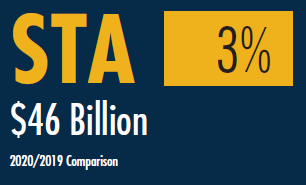
Health Care
- Demand and adoption for health care services and technologies (e.g., telehealth and wearables) are expected to jump substantially in the wake of COVID-19 and 5G deployment
- Affordable Care Act is anticipated to become an important political platform through the 2020 presidential election
- Project pipeline suggests some resurgence in larger health care campuses
Drivers: Population change, population change in ages 75 and up, uninsured population, government spending, nonresidential structure investment
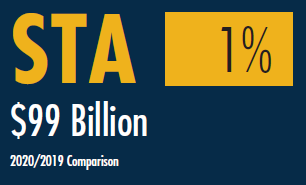
Educational
- Maintenance backlogs receive much needed support through federal stimulus
- K-12 spending continues to outperform higher education due to low endowment returns
- Industry prioritization in establishing and/or refining online presence
- Safety and health become core elements of facility design
Drivers: Population change younger than age 18, population change ages 18-24, stock markets, government spending, nonresidential structure investment
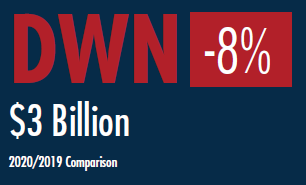
Religious
- Ongoing shift away from traditional worship facilities alongside declining attendance and religious affiliation
- Construction investment is being directed into community-focused service and gathering places
- Declining share of Americans donating to religious organizations
Drivers: GDP, population, income, personal savings

Public Safety
- Large and high-growth metropolitans are in need of updated facilities and infrastructure
- Historically high local tax revenues backed with anticipated federal stimulus spending
- Low national crime rates may become challenged alongside rising unemployment
Drivers: Population, government spending, incarceration rate, nonresidential structure investment

Amusement and Recreation
- Parks, theaters, festivals, conventions and concerts have all been either temporarily shut down or canceled due to COVID-19
- Loss of revenue, declining economic growth and travel (both business and leisure) are anticipated to postpone or cancel future large-scale planned projects
Drivers: Income, personal savings rate, unemployment rate, employment
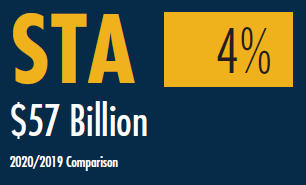
Transportation
- Multimodal travel, including airlines, transit systems and ports (e.g., cruise ships and freight), will remain challenged through 2020 as a result of COVID-19
- Various anticipated megaprojects may be canceled or postponed
- Economic stimulus is expected to uphold spending levels over the coming years where demographics and commerce support ongoing investment
Drivers: Population, government spending, transportation funding
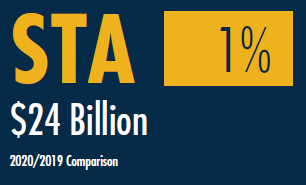
Communication
- COVID-19 shutdown period widely strengthens demand for network bandwidth and resiliency
- Fifth-generation (5G) infrastructure deployment continues across major metropolitans and into secondary markets
- Internet traffic, connected devices and demand for data storage and processing are positioned to increase dramatically over the forecast period
Drivers: Population, security/regulation standards, private investment, innovation/technology investment
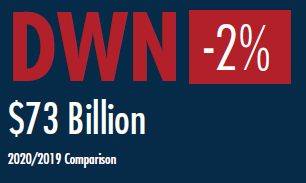
Manufacturing
- COVID-19-related (international and domestic) supply chain disruptions, political uncertainty, ongoing trade tensions and oil price collapse support continued decline in industrial production into 2021
- Large-scale planned petrochemical investments along the Gulf Coast postponed or shelved until oil prices rebound and volatility in the energy sector stabilizes
- Transportation equipment subsectors remain weakened through 2021
Drivers: PMI, industrial production, capacity utilization, durable goods orders, manufacturing inventories
Nonbuilding Structures Construction Put in Place
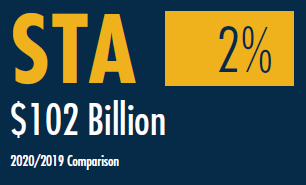
Power
- Resiliency improvements, regulatory requirements and electrification trends are expected to uphold investment
- Oil price collapse alongside a wavering trade climate will challenge pipeline and related infrastructure expansion
- Lower energy prices will contest demand for large-scale renewable projects planned for 2020 and 2021
Drivers: Population, industrial production, government spending

Highway and Street
- The FAST Act is set to expire in 2020, and its successor is anticipated to become a political platform in the upcoming presidential election
- Expanding state and local economies have led to recent increased funding sources
- Federal economic stimulus may spur a wave of resurfacing and shovel ready projects in coming months
Drivers: Population, government spending, nonresidential structure investment
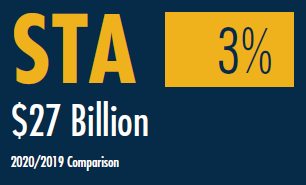
Sewage and Waste Disposal
- Passage of America’s Water Infrastructure Act in late 2018 and reauthorization of the Water Infrastructure Finance and Innovation Act (WIFIA) provide a solid footing for ongoing investment
- Overall demand for infrastructure expansion will waver alongside declining residential and nonresidential development
- Economic stimulus funding and low borrowing costs are expected to uphold investment levels
Drivers: Population, industrial production, government spending
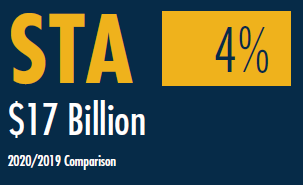
Water Supply
- The Water Quality Protection and Jobs Creation Act of 2019 injects billions into the Clean Water State Revolving Fund through the forecast period
- Overall demand for infrastructure expansion will waver alongside declining residential and nonresidential development
- Economic stimulus funding and low borrowing costs are expected to uphold investment levels
Drivers: Population, industrial production, government spending
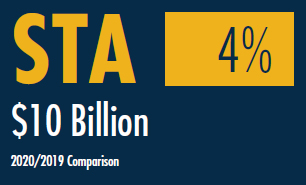
Conservation and Development
- Cuts to the EPA budgets may be reversed as a result of stimulus spending
- Ongoing and possibly expanded USACE spending tied to recent 2019 Disaster Relief bill efforts
- Low oil prices will likely curtail some need for ongoing remediation and conservation efforts
Drivers: Population, government spending
 Jay Bowman is a principal with FMI. Jay assists a broad range of stakeholders in the construction industry, from program managers and general contractors to specialty trades and materials producers, with the identification and assessment of the risks influencing the strategic and tactical decisions they face. In this role, Jay’s primary responsibilities include research design and interpretation, based on developing an understanding of the context within which these organizations operate. Jay can be reached at [email protected].
Jay Bowman is a principal with FMI. Jay assists a broad range of stakeholders in the construction industry, from program managers and general contractors to specialty trades and materials producers, with the identification and assessment of the risks influencing the strategic and tactical decisions they face. In this role, Jay’s primary responsibilities include research design and interpretation, based on developing an understanding of the context within which these organizations operate. Jay can be reached at [email protected].
 Brian Strawberry is a senior economist with FMI. Brian’s expertise is in economic and statistical modeling. He leads FMI’s efforts in market sizing, forecasting, and building product/construction material pricing and consumption trends. The combination of Brian’s analytical skills and creative problem-solving abilities has proven valuable for many contractors, owners and private equity groups as well as industry associations and internal research initiatives. Brian can be reached at [email protected].
Brian Strawberry is a senior economist with FMI. Brian’s expertise is in economic and statistical modeling. He leads FMI’s efforts in market sizing, forecasting, and building product/construction material pricing and consumption trends. The combination of Brian’s analytical skills and creative problem-solving abilities has proven valuable for many contractors, owners and private equity groups as well as industry associations and internal research initiatives. Brian can be reached at [email protected]. Emily Beardall is a senior analyst for FMI’s strategy practice. Emily is responsible for creating and developing tools to deliver innovative solutions for our clients. She is committed to utilizing these strategic tools to improve company performance and profitability. Emily can be reached at [email protected].
Emily Beardall is a senior analyst for FMI’s strategy practice. Emily is responsible for creating and developing tools to deliver innovative solutions for our clients. She is committed to utilizing these strategic tools to improve company performance and profitability. Emily can be reached at [email protected].